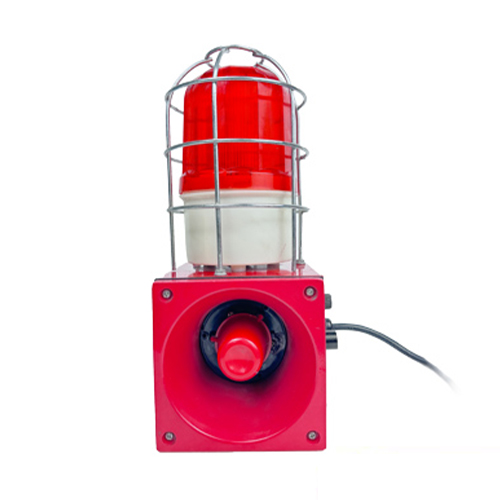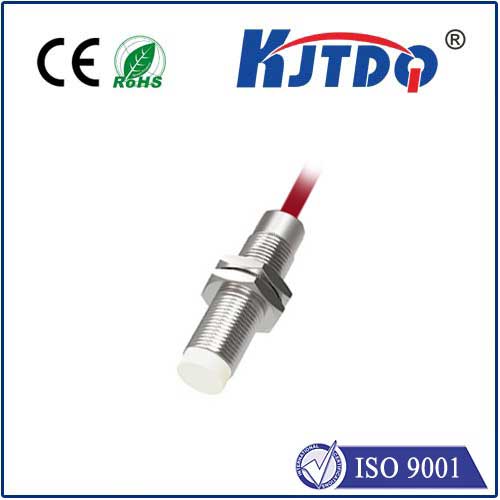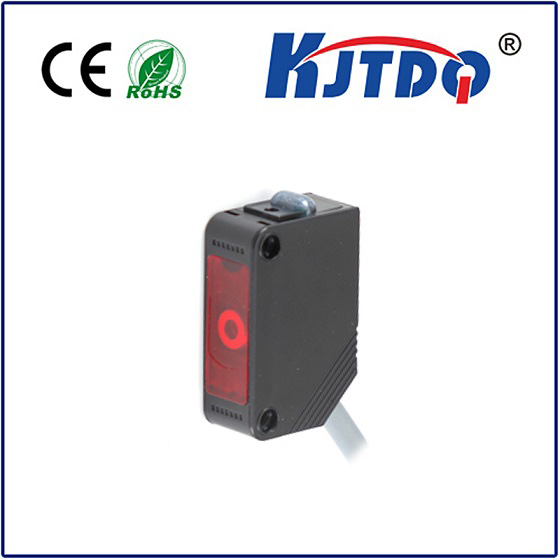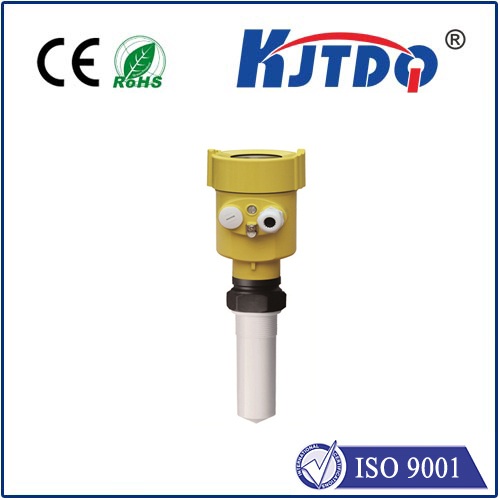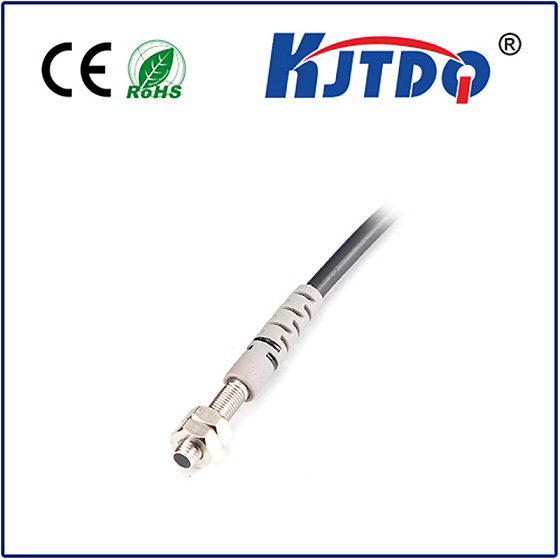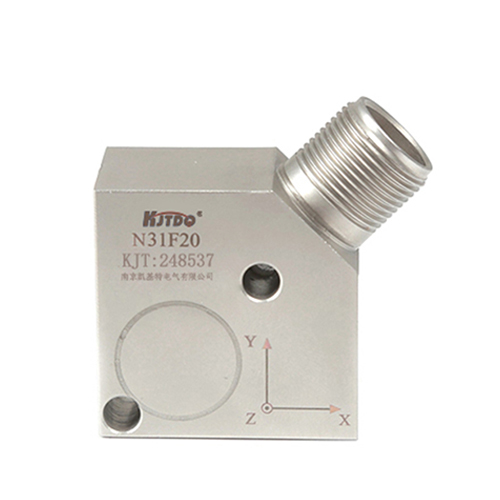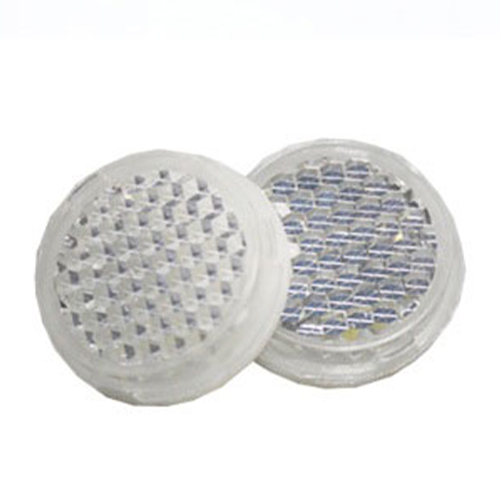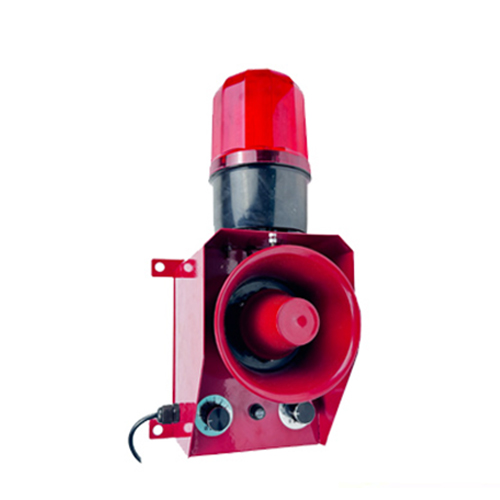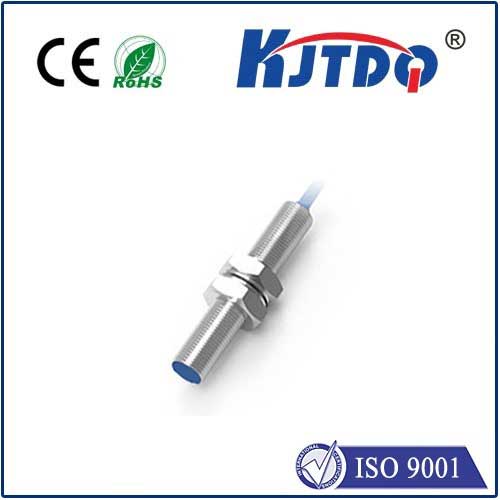

check

check

check

check

check

check

check

check

check

check
Introduction:
Kabel proximity sensors have been a crucial component in various industries, providing accurate and reliable measurements of distances. These sensors have undergone significant advancements over the years, making them more efficient, cost-effective, and versatile than ever before. In this article, we will delve into the evolution of Kabel proximity sensors, their key features, and practical applications in different industries, highlighting their potential to transform the way we perceive and interact with our surroundings.
Section 1: The Evolution of Kabel Proximity Sensors
The history of Kabel proximity sensors dates back to the early 20th century when scientists began experimenting with electrically operated devices that could detect the presence or absence of an object. The first Kabel proximity sensor was invented by German engineer Otto Lenz in 1842, but it was not until the 1970s that these sensors became widely used for industrial applications due to their low cost and reliability. Over time, Kabel proximity sensors have evolved to include various technologies such as infrared (IR), ultrasonic (UART), and laser-based sensors. These innovations have made Kabel proximity sensors more accurate, faster, and less prone to interference from other devices.
Section 2: Key Features of Kabel Proximity Sensors
Kabel proximity sensors are characterized by several key features that make them ideal for various applications:
1. Non-contact measurement: Kabel proximity sensors work by measuring the electromagnetic fields generated by objects, making them non-contact and safe for use in hazardous environments.
2. High accuracy: These sensors can detect distances ranging from a few millimeters to several hundred meters, depending on the technology used. They offer high precision and consistency, making them suitable for tasks such as distance monitoring, object tracking, and collision detection.
3. Speed: Kabel proximity sensors can detect signals in real-time, allowing for quick response times and efficient operation in high-speed applications like automotive safety systems.
4. Cost-effectiveness: Despite their advanced features, Kabel proximity sensors are relatively inexpensive compared to other types of sensing devices, making them accessible to a wide range of industries.
Section 3: Practical Applications of Kabel Proximity Sensors
Kabel proximity sensors have numerous practical applications across various industries:
1. Automotive Industry: Kabel proximity sensors are commonly used in automotive safety systems, such as automatic emergency braking, lane departure warning, and adaptive cruise control. They help prevent collisions and improve driving safety.
2. Industrial Manufacturing: In manufacturing facilities, Kabel proximity sensors are used for quality control measures, detecting defects in products during production, and monitoring the performance of machinery.
3. Medical Technology: Kabel proximity sensors are employed in medical devices such as surgical robots and exoskeletons, enabling precise movements during surgery or physical therapy sessions.
4. Security and Monitoring: Kabel proximity sensors are integrated into security systems to detect intruders or monitor the movement of people or objects within designated areas. They also play a role in asset tracking and location-based services.
Conclusion:
In conclusion, Kabel proximity sensors have come a long way since their inception, offering advanced features and versatility that have transformed various industries. Their non-contact measurement, high accuracy, speed, and cost-effectiveness make them a valuable tool for many applications. As technology continues to evolve, it is likely that Kabel proximity sensors will become even more sophisticated, further enhancing their capabilities and improving our daily lives.
